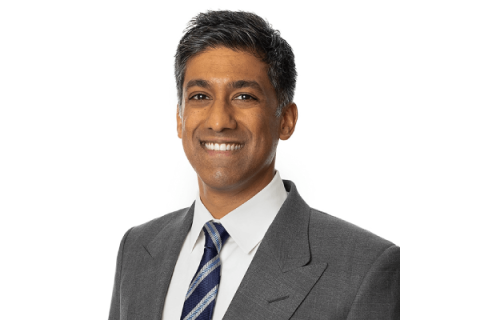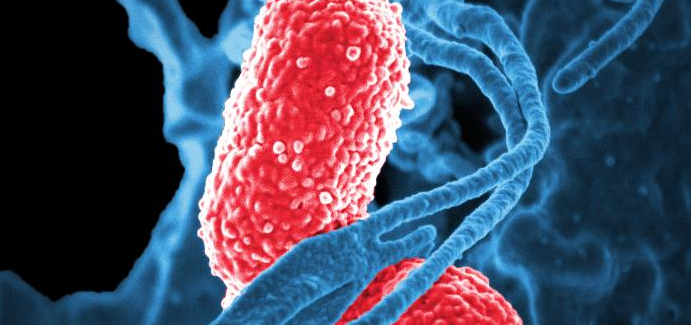Why Is It Important to Manage Biofilm in Chronic Wounds?
January 5, 2024
Why Is It Important to Manage Biofilm in Chronic Wounds? from HMP on Vimeo.
Transcript
Good morning. I'm Dr. Haresh Kane, founder and CEO of Kane Wound Care. We are the largest provider of mobile wound care services in New Jersey, and we're based in Princeton, New Jersey.
Why is it important to manage biofilm in the wound bed?
The importance of biofilm can't be, shouldn't be underestimated. And, you know, this idea of seeing the invisible and treating the invisible is something that's very dear to our hearts, which is why we've invested so much time and energy and resources into technologies that allow us to analyze bacteria, really, because biofilm is a complex network of bacteria. It's a polysaccharide, actually. It's a kind of a gooey, gummy, kind of sugary type of bacteria that kind of sticks to the wound bed and really delays wound healing tremendously.
We have technologies in addition to the non -contact, low frequency ultrasound that we've deployed throughout our organization that allow us to view this biofilm. It's called autofluorescence. We affectionately call it with our organization NCF, “non -contact fluorescence.” We like to give acronyms to things because we forget what they stand for otherwise. So NCF has really been a cornerstone of our practice.
And we've armed fantastic providers like Krista and Dr. Jensen with autofluorescence devices on their person that allow them to view this biofilm, and when we discover biofilm in a wound, it’s always like an “aha” moment for us and that's when we start thinking about beautiful technologies like the non -contact low frequency ultrasound device that Krista was talking about earlier.
Those wave forms, in addition to causing those beautiful ripples in the lake that I was talking about, disrupts biofilm. There's been a tremendous amount of data and research and literature that supports that, especially Pseudomonas biofilm, which is kind of interesting because you were talking about that was really the case in this particular situation.
So, important part of how wound care should be delivered in our view, it's not exactly commonplace across the country to use multiple mobile pieces of technology, but we feel that's where it's going, and we've always been the leaders in innovation. And mobile handheld technologies, such as the autofluorescence device and the low-frequency ultrasound.
So yeah, I think it's important to, when you're talking about technologies and you're talking about how it can improve the wound care, I think it's critical to also just take a step back and just try to, understand what other information are you missing here. In addition to biofilm detection through thermal scanning, thermography, something that's important to us and I know Dr. Jetson has been tinkering around with is the pH of wounds and how that can help. The other things that are interesting to us are tissue oximetry, right, so we're looking at technologies like that. So my fear is that I overburden sometimes our practitioners with too much technology, but I think they know my heart's in it a good place.
The views and opinions expressed in this blog are solely those of the author, and do not represent the views of WoundSource, HMP Global, its affiliates, or subsidiary companies.










Follow WoundSource
Tweets by WoundSource